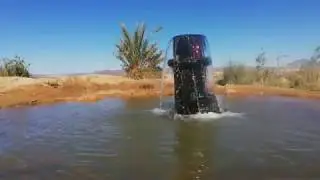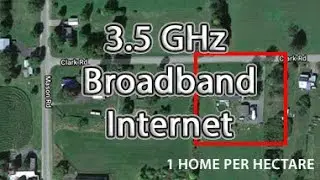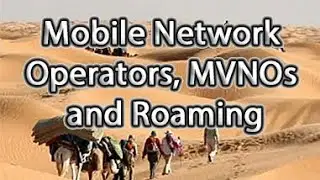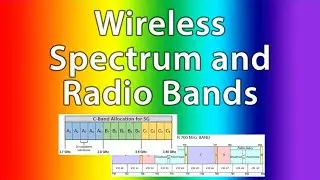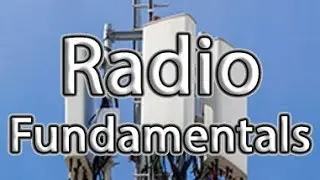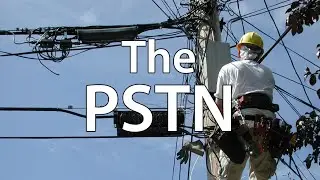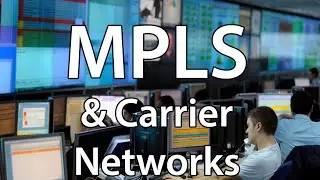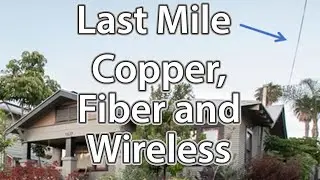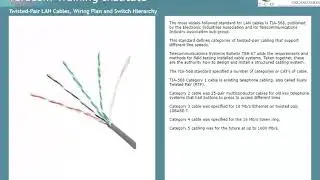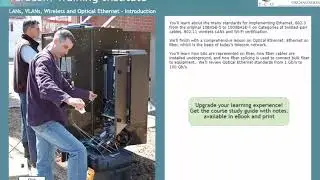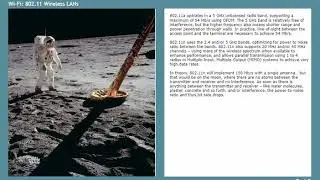The OSI Layers and Protocol Stacks Networking Course
Watch in full quality:
CTNS Course 2212: The OSI Layers and Protocol Stacks
14 interactive multipart lessons, multiple-choice exam and certificate.
Protocols & Standards • Open Systems • OSI Model • Layers • Protocol Stacks • FedEx Analogy
The OSI Layers and Protocol Stacks begins the IP courses in the Certified Telecommunications Network Specialist (CTNS) certification package and is the first course in the Certified IP Telecom Network Specialist (CIPTS) package.
This course establishes a framework for all of the discussions in subsequent lessons and courses: the OSI 7-Layer Reference Model, which identifies and divides the functions to be performed into groups called layers.
This framework is required to sort out the many functions that need to be performed, and to be able to discuss separate issues separately.
You'll learn what a layer is, the purpose of each layer, see examples of protocols used to implement each layer, and learn how a protocol stack really works with the famous "FedEx Analogy" presented as an embedded video by our top instructor, Eric Coll.
Based on Teracom's famous Course 101, tuned and refined over the course of 20 years of instructor-led training, we'll cut through the jargon to demystify layers, explaining the jargon and buzzwords, and most importantly, the underlying ideas, and how it all works together... in plain English.
Course Outline
1. Introduction
Course introduction and overview
2. Open Systems
Open systems vs. proprietary systems.
3. Protocols and Standards
Illustrated overview of all the functions required for communications, and protocols vs. standards
4. ISO OSI 7-Layer Reference Model
Top-level overview and introduction to Layers
5. The Physical Layer
Fiber, Twisted Pair, Cable and Wireless
6. Data Link Layer
LANs and MAC Addresses
7. Network Layer
IP, MPLS, Packets and Routers
8. Transport Layer
Reliability, Connections, Ports and Sockets
9. Session Layer
SIP, POP and HTTP
10. Presentation Layer
ASCII, MIME, Compression, Encryption, Codecs
11. Application Layer
SMTP, HTML and English
12. Protocol Stacks
The FedEx Analogy
13. Protocol Headers
Babushka Dolls
14. Standards Organizations
15. Multiple-choice Exam
Prerequisites
None. This is the best course to begin learning about IP and MPLS.
Course Objectives: What You Will Learn
This course can be taken by both those who need simply an overview and introduction to the idea of layers and the OSI model, and by those embarking on a certification and planning to take further courses.
If you're in the first group, the objective is not to become an instant expert, but rather to become familiar with the structure that is used to be able to discuss separate issues separately, what a layer is, the basic functions of each layer, what a protocol stack is and how it works, and where things you've heard of before like Ethernet, IP and TCP fit into the picture... to demystify the jargon and buzzwords, to eliminate frustration and increase your confidence and effectiveness.
If you're in the second group, and your objective is to put in place a structure for subsequent courses, following is a list of concrete objectives. On completion of this course, you will be able to explain:
• The concept of an open system and its advantages
• What a protocol is and what a standard is
• The OSI Model and its purpose
• What a Layer is
• The seven layers of the OSI model
• The name of each layer
• The functions each layer is responsible for
• Examples of actual protocols for each layer
• What a protocol stack is and how it operates
• Examples of standards organizations that publish protocols
